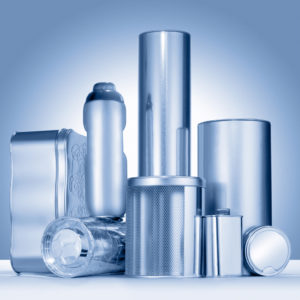#06.07.2017 A bright future for steel: How steel has achieved a higher level of recycling than other packaging materials
By Stéphane Tondo, President of APEAL
The amount of steel packaging recycled recently reached another all-time high of 77.5% – this means more than 2.7 million tonnes of steel have been effectively recycled and will be available for the manufacture of new steel products. It’s a real example of the circular economy at work.
This record rate, which represents data from 2015, confirms steel as Europe’s most recycled packaging material for the eleventh consecutive year and sees the recycling rate of steel packaging increase by 1.5 percentage points since 2014, but how has steel achieved a higher recycling rate than other packaging materials?
Firstly, steel’s unique inherent qualities give it a natural advantage over competing materials. Magnetic properties make it easy and economical to recycle steel as there is no need for a specific sorting process. And as a permanent material, steel can also be recycled forever without loss of quality.
Steel scrap is also an inherent part of the production process for new steel so every single steel plant in Europe is also a recycling plant, saving resources, energy and emissions by recycling steel in a simple and efficient process.
Indeed, steel is very attractive to recycle because it delivers significant benefits when it is reprocessed. A tonne of recycled steel saves over one and a half times its weight in CO2 emissions, over twice its weight in raw materials and uses 70% less energy than producing steel from virgin sources.
In the years ahead, I expect we will see even higher recycling rates for steel achieved – I’ll examine the reasons for this in my next post.

